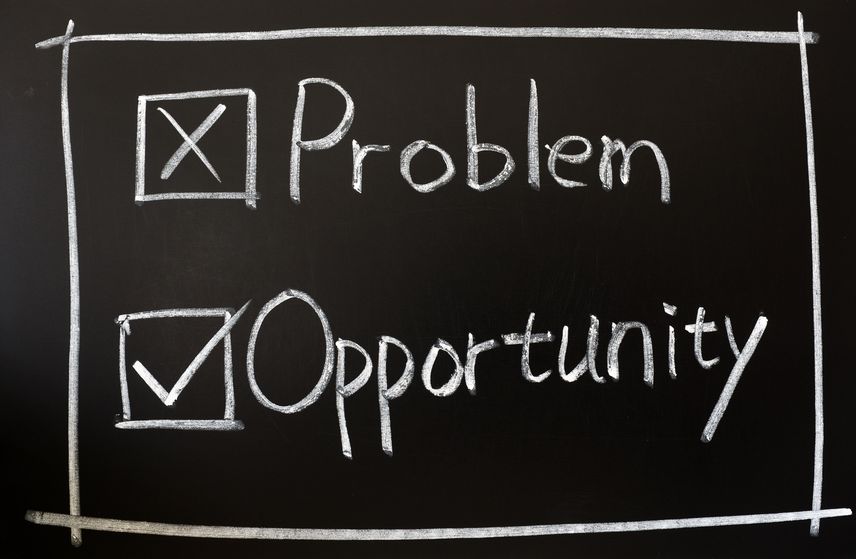Last week (https://representingyourselfcanada.com/2014/06/22/just-most-expeditious-and-least-expensive-the-long-road-back-to-a-civil-justice-system) I tried to show how many SRLs share the critiques made by Mr Justice Brown in his end-of-term speech to the Ontario Bar Association (2014.OBA.Civil.end.term.paper.june.14)).
In discussions around the country with judges and lawyers I hear growing numbers complain that civil procedure is today focused on interim procedural “motions combat”, instead of adjudication on the merits. The last decade has seen a huge rise in motions and pre-trial activities (as well as many new rules on such processes).
SRLs often fare poorly in “motions combat”, as guest blogger Heather Hui-Litwin pointed out the previous week (https://representingyourselfcanada.com/2014/06/16/no-claim-for-pooping-and-scooping-into-the-neighbours-garbage-but-srls-deserve-to-present-reasonable-claims-and-not-be-halted-by-procedures-they-do-not-understand). They come to court expecting to make an argument to a judge for a decision. Instead, they often find themselves facing what Justice Brown calls “party prosecution” – interim hearings on all manner of procedural matters – where they are ruled out of order for raising the merits of their claim.
No wonder that SRLs frequently complain that the system was designed for lawyers and not for the public – because it was. Civil procedure in 2014 reflects the now incorrect assumption that it will be used only by expert agents – as if the courts come with a product warning reading “do not attempt without supervision”.
Many SRLs also complain about what they see as collusion between judges and lawyers in perpetuating a system that only they really understand. But understanding history is important here. In the absence of SRLs, judges and lawyers have historically worked together to sustain the system – and that sometimes uneasy relationship has shaped the system of today.
How did we get here?
By the end of the 1980’s, the “vanishing trial” (the very small numbers of civil and family cases proceeding to a full trial) was widely documented. But even though most cases now settled, they did so at a very advanced stage of proceedings. Surely, we reasoned, if cases are going to settle anyway we should find ways of encouraging them to do so sooner, and thereby at a lower cost to the parties and the system?
“Leave it to us” protested the private Bar. “We are the experts at settlement – look how we settle 95% of cases!” Some lawyers of course are committed to earlier settlement as a matter of personal values. But there is there is little structural incentive, and a great deal of cultural disincentive, for lawyers to settle sooner rather than later.
So enter case management, settlement conferencing and mediation, even mandatory mediation in some civil matters. Ramped up through the 1990’s, these processes seemed like a sensible way to support earlier settlement. And some evaluations of these programs show a positive impact on reducing time to “case disposition” (time to completion).
Displaying a remarkable ability to transform any given procedures into the ones that they really want, the Bar (sometimes with the tacit support of the Bench) has developed a variety of procedural tactics over the past 15 years to resist and frustrate judicial oversight and opportunities for settlement. These included (for example) routinely withdrawing and refiling when there is less than 100% case management; the “20 minute mediation” in which the parties stay just long enough only to fulfill the requirement but with no attempt at serious negotiations; and the extensive use of applications attacking the procedural integrity of their opponent’s case. As well, case flow design problems – insufficient judges to handle case management without delays, insufficient time to do an effective job with settlement conferencing or mediation – have eroded many of the potential benefits of these processes.
The consequence has been the development of a culture of motions combat among lawyers whose considerable procedural expertise often results in extraordinarily protracted cases. Clients have difficulty understanding why they seem to never make any real progress (see the widespread perception of counsel “doing nothing” documented in the Study Report). A far cry from the original intent of these procedural reforms, yet the current reality.
Finally in our history lesson, enter a veritable deluge of SRLs. SRLs complain consistently that having taken (yet another) day off work to attend court they face another adjournment or delay. Is it surprising that the injection of large numbers of people into this status quo who are unfamiliar with either this history or the procedures themselves is producing tension, dysfunction, and (on the part of many SRLs) disbelief that this really is a “civil justice system”?
The role of judges
Many SRLs do not appreciate how much the role of the judge has changed in the last 15 years, from adjudicator to settlement facilitator/ manager. Yet judges still fundamentally support the role played by lawyers (and SRLs understand this very well). They may sometimes assert authority in procedural matters, but often tolerate the gamesmanship of counsel. There is a deep-seated reticence to talk to or confront the Bar on these issues – as if there is a tacit bargain not to rock the boat.
At the same time, many SRLs complain that judges do not afford them the same degree of tolerance as they do counsel. Whether or not this is true – and it is a consistent perception – the entry of a new “class” of participants into the courts allows for invidious comparisons to be drawn. There may be good reasons for judges to get tough with SRLs who do not meet procedural requirements – but they should be even handed in getting tough on counsel also.
My work with SRLs leads me to believe that Canada’s public want our judges to step up and assume their role as system leaders. This means members of the Bench need to be talking to SRLs and system users, but also with the Bar. It means “getting their hands dirty” and perhaps relinquishing their traditional distance and formality in the interests of effective leadership.
It would mean that the Bench would play an influential and important role in finding the Road Back to a Civil Justice System. And – beginning with the extraordinary work of the tireless Mr Justice Cromwell – there are some terrific examples of this leadership starting to emerge.
Where do we go now? The Case of Newfoundland & Labrador
Mr Justice Brown is to be congratulated for a refreshing level of honesty in asking “(What if) … we really listened to those whose rights are in play in our system of justice…?” In other words, what if we designed the civil justice system for the users, rather than for the professionals who have historically controlled civil procedure?
I have just returned from St John’s Newfoundland where the Chief Justice, Derek Green, invited me to speak with a large group of judges from across the province. Some were uncomfortable with their changing role as increasing numbers of SRLs appear before them. Some were concerned about abuses of process by both counsel and SRLs, describing a need to assert more control over adjournments and protracted pre-trial procedures. But I think that every judge in that room understood the importance of the role that they could play as system leaders in finding the Road Back to a Civil Justice System.
The context here is that Newfoundland & Labrador is just embarking on a rules reform exercise described as follows:
“The Rules of the Supreme Court, 1986 which govern procedure in both the Trial Division and the Court of Appeal were developed in a different context. Since their introduction, the landscape in which they operate has changed dramatically. Among the changes is the increased prevalence of people representing themselves in court proceedings. In order to address this issue, as well as others, the Supreme Court of Newfoundland and Labrador is presently reviewing its procedural rules. Some of the objectives identified in the Terms of Reference for the Rules of Court Project include: ensuring that the Court is more accessible to both represented and self-represented litigants by promoting the just, expeditious and inexpensive determination of appeal proceedings; ensuring that the rules are simplified to the extent possible while still retaining a fair, proportionate and just process; and ensuring that the rules are written in modern and plain language that is intelligible to both lawyer and non-lawyer alike.”
We shall keep you posted (and welcome local correspondent reports!) on Newfoundland & Labrador’s Road Back to a Civil Justice System. Perhaps they can set a model for the rest of the country.












Role of Judges- You are so correct on your above comments and all others regarding the courtroom culture and how SRL see Judges one sided etc. I have 300 pages of trial transcripts to prove it. However, due your tenacious efforts you are pulling some positives out of the judicial abyss!